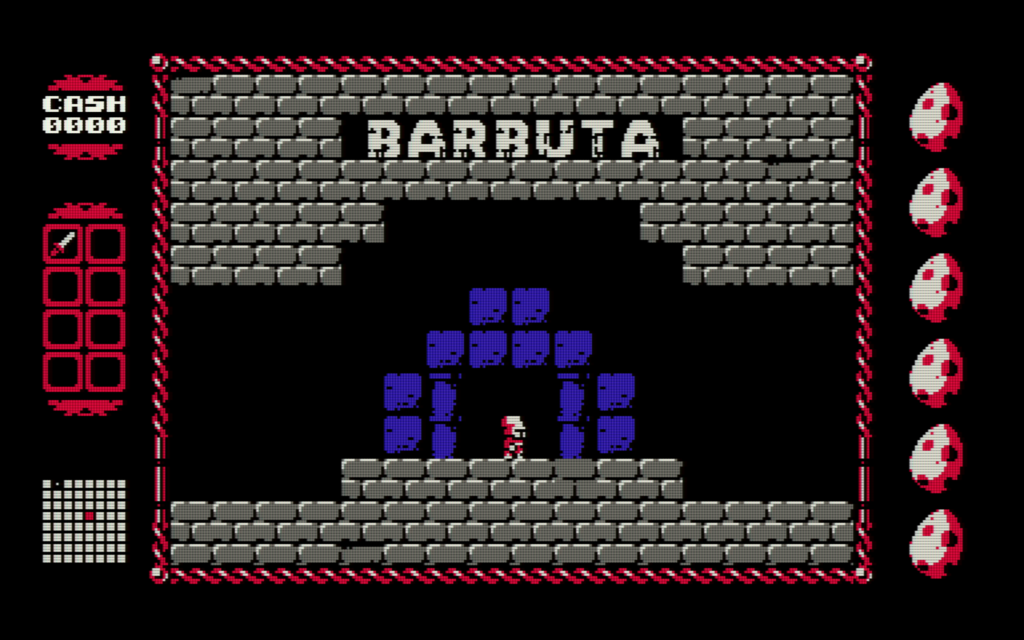
Sundry Sunday is our weekly feature of fun gaming culture finds and videos, from across the years and even decades.
We try here to introduce people to things they may not have seen. This means having a certain mental model of our audience, a guess of what you have and haven’t seen before. And since you’re a bunch of people, a clowder of individuals, even the best guess I make could be wrong for many of you.
(Clowder is a term for a group of cats, not people, but it seemed appropriate in this case. Meow.)
I’d expect that today’s presentation is already known to some of you, it’s very popular on Youtube, with the pilot, from a year ago, having racked up a third of a billion views. But if I asked a random person on the street, “Hey, isn’t the Amazing Digital Circus great?” I’d get blank looks. But then, here in the US, I think certain political choices are beyond obvious, yet I personally know people who choose otherwise. We all have our intellectual ruts.
Let’s not veer too far from the subject. It should be enough to say that even very popular internet things may not be known to those who are not “very online.” So it is with the Amazing Digital Circus. Created by Gooseworx, who also created the animation Little Runmo (previously here, and again in playable game form), The Amazing Digital Circus is about human characters who get transported into a digital reality and are left stranded there. While it’s not explicitly a game, we do consider all forms of electronic entertainment within our sphere of discussion, and the A.D.C. is very game-like.
At first, the Amazing Digital Circus looks like it’s a crazy-fun kind of cartoon, but it doesn’t take long for the lore to set in, and reveal that there’s a lot more going on than there may seem at first. In the Circus, the humans have a whimsical representation that they didn’t choose, and none of them are much pleased to be stuck there. The circus is overseen by a ringmaster, Caine, who has godlike powers. Caine is an interesting figure, he creates adventure situations for the humans to overcome, and is antagonistic, but isn’t a evil figure. He’s not responsible for the humans being in there or stuck there. Humans in the Circus who give in to despair tend to become abstracted, becoming big and mindless glitchy eyeball monsters, so Caine tries to give the surviving humans things to do to preserve their sanity, even though he’s not really all that sane himself.
The main character though is Pomni, the Circus’ newest inhabitant, and the least content with her predicament. Will she find a way out, or will she eventually manage to make peace with being trapped in the Circus’s virtual world? My own theory is that the human characters aren’t really humans, but copies of humans, that think they’re the originals, so it doesn’t really make sense to “escape” the Circus. But that’s just a guess, and a really big guess at that. Let’s see where it goes.
So far, there are three episodes, each about 25 minutes long, so set a little time for each one.
The pilot is episode one, where Pomni enters the Circus and we meet the other characters:
Episode two is Candy Carrier Chaos, which focuses on an “NPC,” a character who isn’t a human:
Episode three, just a couple of days old as of this post, is The Mystery of Mildenhall Manor, which reveals some off the backstory of one of the human characters, Kinger:


